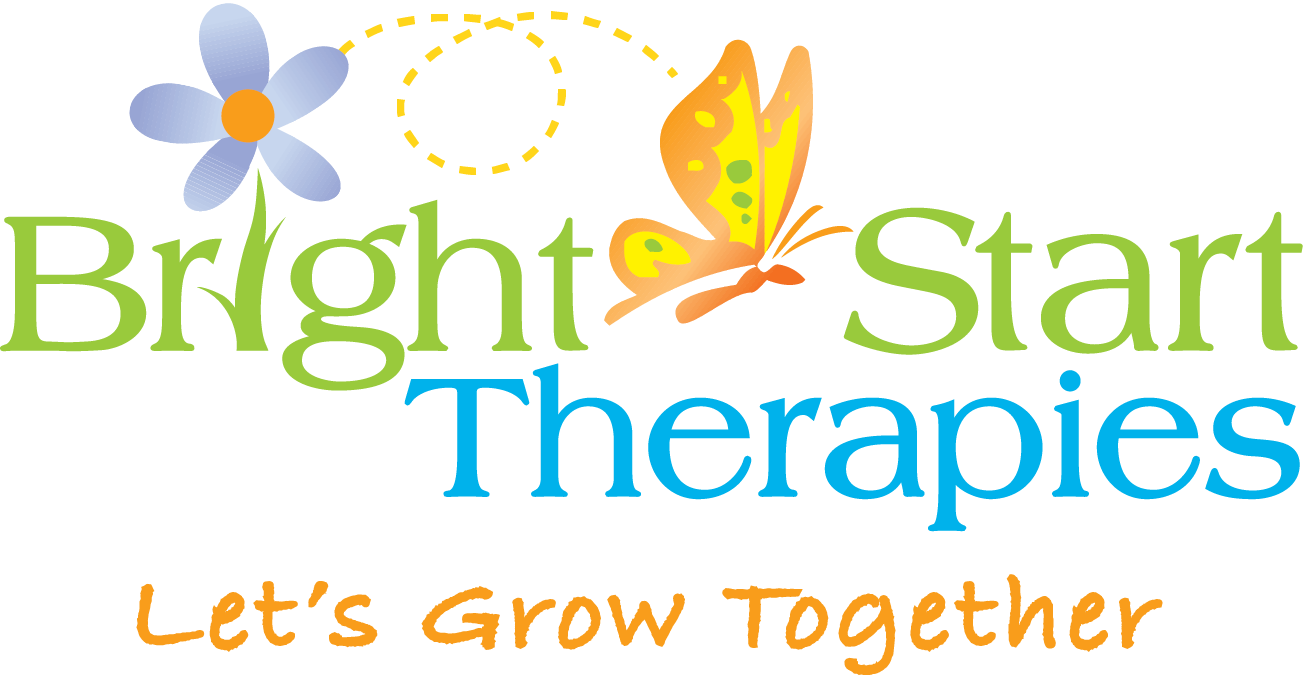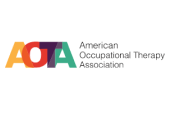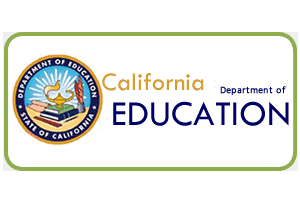Autism training
Autism Spectrum Disorders (ASD) – Various training models including Hanen programs for building social language, behavioral management trainings, sensory integration, Alternative Augmented Communication Systems, PECS, and social communication course work.
Childhood Apraxia of Speech
Childhood Apraxia of Speech. We have an Apraxia Team that has specialty training in all areas of motor planning, assessment and treatment. Bright Start Therapies has developed and implemented many new materials to aid in the treatment of CAS and has over 15 years’ experience treating clients with CAS.
Early Intervention
Your child’s brain is developing rapidly the first three years of their life and family is the most important relationship they have! Early intervention aims to provide parents with the tools they need to support their child’s development in their natural home environment. Early Intervention includes in-home services (such as, speech therapy and occupational therapy) that can be provided for your little one through Alta California Regional Center and Bright Start Therapies! Our therapists receive specialty training in a variety of areas that are benefical when working with young children. We have developed an Early Intervention Training Model for teaching parents the necessary skills they need when working with their child.
Handwriting without Tears
The Hanen Programs
Neuro-Developmental Treatment Certification
Neurodevelopmental treatment (NDT) is a hands-on treatment approach used by occupational therapists to improve function and control of movements as a result of neurotological challenges as in cerebral palsy, stoke or head injury. NDT trained therapists believe that due to the central nervous system impairment, atypical posture and movement patterns are used by the child for function. Unfortunately, it is the use of these patterns that lead to secondary impairments and dysfunction. NDT trained therapists use clinical thinking to evaluate a person’s movement in order to determine the focus of the therapy sessions. Therapeutic handling is used to assist in the facilitation of typical movement.
PECs training
Phonological Awareness Training including dyslexia and reading comprehension
Prompt training
SCERTS
SOCIALIZATION TRAINING by Michelle Geller Winner
SOS feeding Certification
Sensory processing (SI) Certification
Therapeutic Listening program











